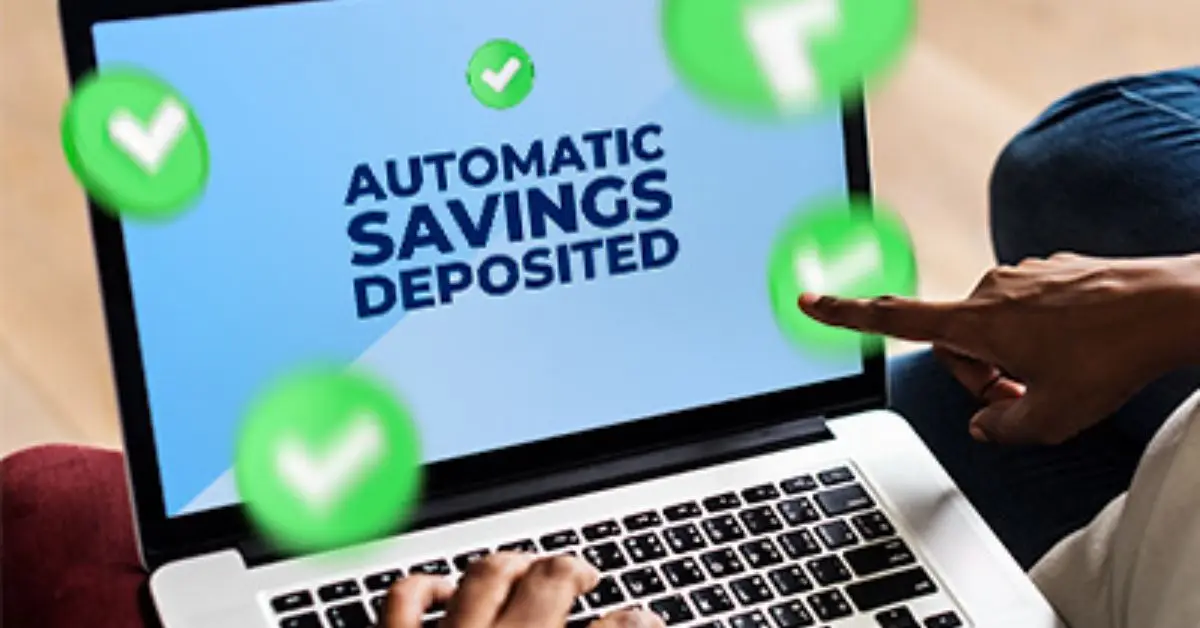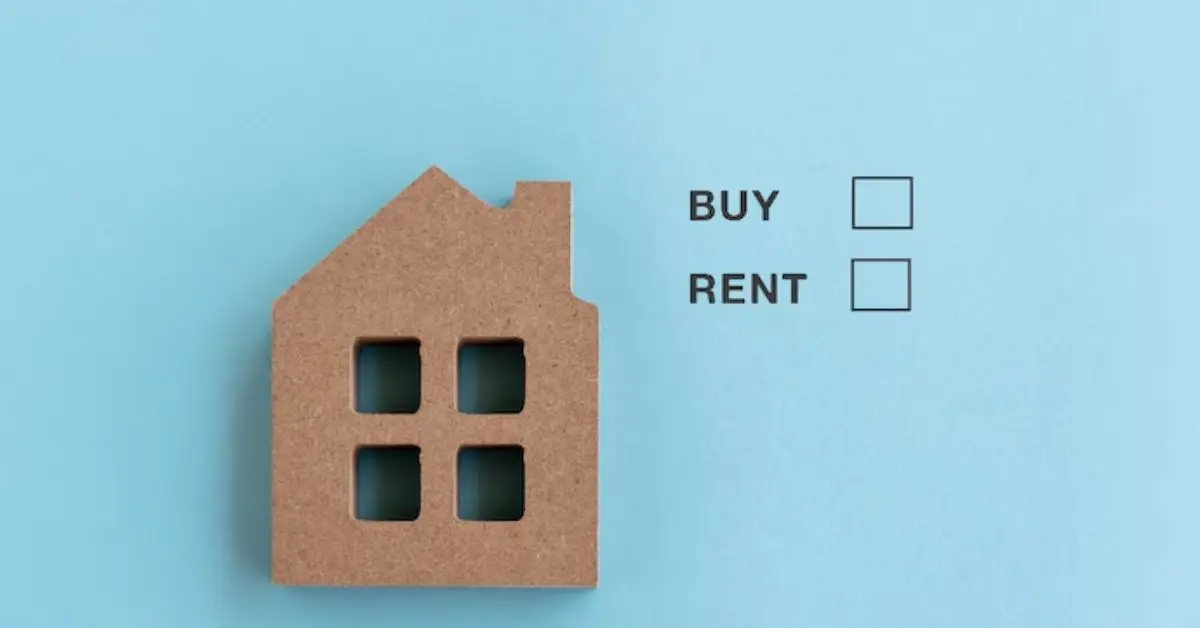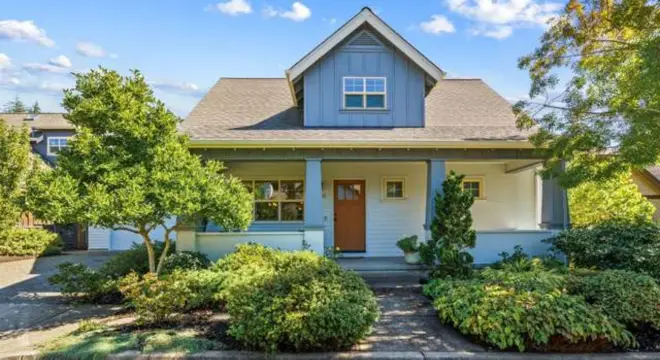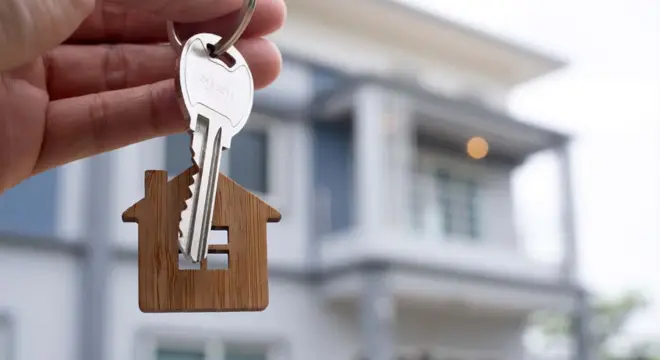How to Save for a Home on a Low Income: 5 Real Hacks That Work
Let’s be honest—saving for a home on a low income feels like chasing something you’ll never catch. When rent eats half your paycheck, gas prices creep up, and groceries feel like luxury items, the idea of setting aside thousands for a down payment? It sounds impossible.
But here’s the thing: people with less have done it—and you can too. You don’t need to earn six figures. You don’t need help from your parents. What you do need is a smarter approach. The truth is, most of the advice out there is written for people who already have money. Skip lattes? Seriously?
In this guide, I’m going to show you five proven saving hacks that actually work when your income is tight. These aren’t generic tips—they’re real strategies people use every day to go from broke to homeowner. If you’re living paycheck to paycheck and still want to make owning a home your reality, this is for you.
Let’s break it down step by step—no fluff, no guilt trips. Just what works.
1. Know Exactly What You’re Saving For
Most people say they’re saving for a house, but they have no idea how much they actually need. That’s the first mistake. If you don’t have a specific number in mind, you won’t know whether you’re making progress or just treading water.
Let’s fix that.
What does buying a home really cost?
Here’s what you’re likely up against:
- Down payment: FHA loans allow as little as 3.5% down. Conventional loans typically require 5% to 20%. So for a $250,000 home, your down payment could be anywhere from $8,750 to $50,000.
- Closing costs: These run about 2% to 5% of the home’s price. That’s another $5,000 to $12,500 on a $250K home.
- Additional costs: Think moving expenses, utility deposits, initial repairs, and basic furniture. Expect at least $1,000 to $5,000.
If you add it all up, even the most affordable scenario could require around $15,000 to $20,000. That might feel intimidating—but knowing this number gives you power. Now you can plan around something real. Now you can plan around something real. Avoid these 8 home buying mistakes—they can cost you thousands and derail everything you’ve worked so hard to save.
Without a real target, your savings plan will never stick. Once you know exactly how much you need, you can reverse-engineer the timeline, make better decisions, and measure actual progress—especially when money’s tight.
2. Automate Your Savings — Even If It’s Only $25 a Week
When you’re on a low income, saving money manually is risky. There’s always something urgent: a car repair, a bill, a late fee. If you wait until the end of the month to save what’s “left,” there usually isn’t anything left.

That’s why automation is your best friend.
Set up an automatic transfer from your checking account to a separate savings account—ideally one you don’t touch often. Even $25 per week adds up to $1,300 in a year. That may not sound like much, but over 2–3 years, it could be the base of your down payment.
The key is consistency, not the amount. If your income is unpredictable, start small and adjust upward later. The habit matters more than the number.
To make it even more effective:
- Open a high-yield savings account (like with Ally, SoFi, or Capital One). These often pay 4%+ APY—so your savings actually grow. NerdWallet’s list of high-yield accounts is a great place to compare.
- Rename your account something like “First Home Fund.” That psychological label creates friction before spending it on anything else.
Because when your income is tight, discipline can’t beat automation. This step builds a system that saves for you—no willpower required. And it works even if you’re starting with tiny amounts.
3. Cut Hard, Earn Smart — Even Small Changes Add Up
Let’s face it: saving more means you either need to spend less or make more. Ideally, both. Most people focus only on one side of that equation and wonder why it’s not working.
If you’re serious about buying a home—even on a tight income—you have to get creative.
Step 1: Cut expenses with intent
This isn’t about giving up every joy in life. It’s about making temporary, strategic trade-offs to hit a bigger goal. For example:
- Move in with family or get a roommate for 12–18 months
- Cut subscriptions, eating out, and daily “small spends” (they add up fast)
- Use cashback apps like Rakuten or Upside to save money on essentials
- Switch to prepaid phone plans or negotiate bills with tools like Trim or Rocket Money
Even if you save $300/month by downsizing your lifestyle, that’s $3,600 a year—a huge chunk of a down payment.
Step 2: Add income—even if it’s part-time
When your base income isn’t enough, you need to increase the top line. That doesn’t mean taking on a second full-time job—it could be:
- Weekend gigs (Uber Eats, Instacart, TaskRabbit)
- Selling on Facebook Marketplace or eBay
- Freelance work (writing, design, virtual assistance, tutoring)
- Seasonal or holiday shifts in retail or customer service
Many people think they don’t have time—but even 5–10 hours a week at $20/hour is an extra $400–$800/month.
Because mindset shifts alone won’t get you a mortgage. This section shows readers that they do have levers to pull—even on a tight budget. It’s not about perfection. It’s about stacking small wins until you’ve built real momentum.
4. Use Programs Designed for People Exactly Like You
This is the biggest thing most people miss: there are dozens of homebuying programs out there built specifically for low- and moderate-income buyers. But because they don’t get much attention—or feel confusing to apply for—most people never use them.
That’s leaving real money on the table.
Key options to look into:
- FHA Loans: Backed by the Federal Housing Administration, these let you buy a home with just 3.5% down and more flexible credit requirements. Perfect if you don’t have a long credit history or big savings.
- USDA Loans: If you’re buying in a rural or semi-rural area, USDA loans offer zero down payment and low interest rates. Find eligible areas here: USDA Eligibility Map
- VA Loans: If you’re a veteran, active duty, or a qualifying spouse, you can buy with zero down, no mortgage insurance, and competitive rates.
- Down Payment Assistance Programs (DPAs): Many states and cities offer grants, forgivable loans, or matched savings programs to help you cover your down payment or closing costs.
These programs aren’t charity—they exist because homeownership builds long-term financial stability. And if you qualify, you should take advantage of every tool available.
On Reddit, one first-time buyer shared that their county gave them $8,000 in assistance for their down payment. They only found out after talking to a local lender.
Because most people struggling to save don’t know that help exists—or assume they won’t qualify. This section flips that mindset and shows readers exactly where to start looking for support they’ve likely overlooked.
5. House-Hack Your Way Into Homeownership
If you can’t afford to buy a home the traditional way, it’s time to flip the model—and make the house start paying you from day one.

That’s what house hacking is all about.
Instead of buying a single-family home and taking on the full mortgage yourself, you buy a property that lets you rent part of it out—and use that rental income to cover your monthly payment.
How it works:
- Buy a duplex, triplex, or fourplex with an FHA loan
- Live in one unit, rent out the others
- The rent you collect helps pay (or entirely covers) your mortgage
You can also:
- Rent out a finished basement, spare bedroom, or garage apartment
- Use Airbnb for short-term stays (if allowed by local laws)
- Take on a roommate or two while you build equity
In one story covered by The Sun, a 25-year-old used this exact strategy to live mortgage-free. He bought a duplex with 3.5% down, rented the other unit, and let the rent pay the monthly mortgage.
This isn’t just about saving—it’s about using what you have to build wealth faster. House hacking also makes lenders more likely to approve you, since your future rental income lowers your “debt-to-income” ratio.
Even if the numbers don’t work where you live now, consider buying in a nearby area where property prices are lower and rents still cover the bills. Flexibility is an asset here.
Because for many low-income buyers, traditional saving isn’t enough. House hacking opens a path to ownership and income—something most guides ignore entirely. It’s a mindset shift as much as a strategy.
Bonus: When Renting Might Actually Be the Smarter Move (For Now)
Let’s be real—not everyone should rush into buying a house, even with all the right saving strategies in place. In some cases, renting a little longer is the smarter financial play.

Here’s how to tell if that’s true for you.
Signs you might want to wait:
- Your income is still unstable: If you’re living paycheck to paycheck or relying on gig work with unpredictable hours, the pressure of a mortgage could do more harm than good.
- You don’t plan to stay put for 3–5 years: Buying and selling a home comes with fees—if you move too soon, you could lose money instead of building equity.
- Your credit score or debt-to-income ratio needs work: If you wait 6–12 months and clean up your credit or pay down debts, you could qualify for much better mortgage rates and terms.
According to a study by Econofact, homeownership doesn’t always increase wealth for low-income buyers—especially if they buy too early, face job loss, or are forced to sell quickly. In some cases, long-term renting and investing the difference leads to better financial outcomes.
This doesn’t mean you give up. It means you prepare smarter. This doesn’t mean you give up. It means you prepare smarter. Before making any big moves, ask yourself these 7 smart questions—they’ll help you figure out if you’re truly ready or just feeling the pressure. You save, you stabilize your income, you build credit—and when you’re ready, you move fast and strong.
Because not everyone reading this is ready to buy—and pretending otherwise damages trust. This section positions the article as honest, experienced, and reader-first. Sometimes waiting isn’t failure—it’s strategy.
You Don’t Need a Perfect Salary—You Just Need a Better Plan
If you’ve made it this far, you already know more than most people trying to save for a home. The truth is, it’s not about earning more—it’s about making every dollar work smarter.
You’ve got real options:
- You can automate even the smallest savings.
- You can cut expenses without giving up everything you enjoy.
- You can build income streams without quitting your main job.
- You can tap into powerful homebuyer programs that most people overlook.
- You can flip the script entirely by house-hacking your way in.
ou’ve got real options. And if you’re thinking ahead to next year, here’s what you need to know about buying a home in 2025—from market shifts to mortgage trends that could affect your game plan.
It’s not easy. But it’s possible—and more people are doing it than you think.
So here’s the question: What’s the first move you can make this week?
Open a new savings account? Talk to a local lender? List something on Facebook Marketplace? Choose one thing. Then do it.
You don’t have to have it all figured out. You just have to start.
Want more tips like this? Visit Build Like New for smart, practical homebuying advice.
Disclaimer: This content is for informational purposes only and does not constitute financial, legal, or real estate advice. Always consult with a licensed advisor or mortgage professional before making any major financial decisions.


